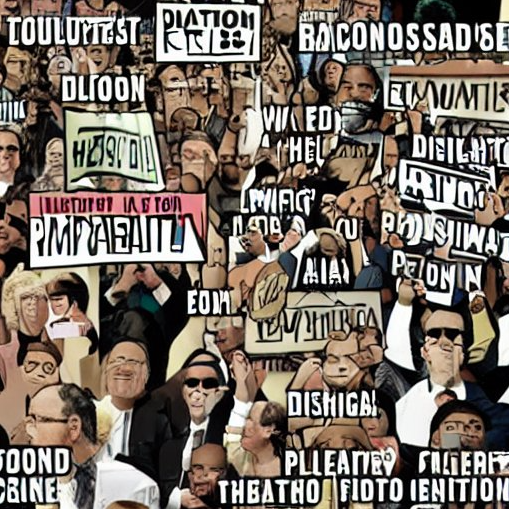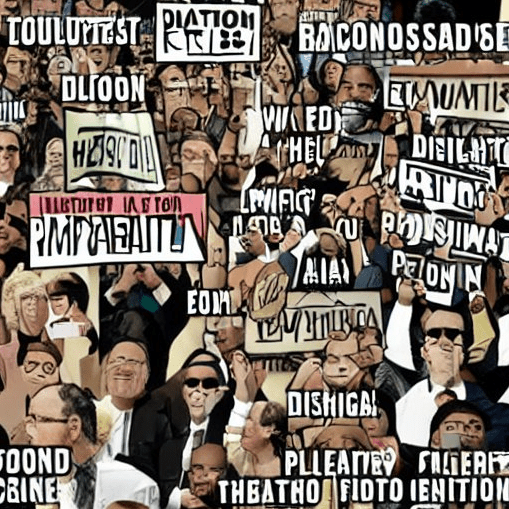Mean World Syndrome is a fascinating concept in media theory that suggests prolonged exposure to media content that depicts violence and crime can lead viewers to perceive the world as more dangerous than it actually is. This term was coined by George Gerbner, a pioneering communications researcher, in the 1970s as part of his broader research on the effects of television on viewers’ perceptions of reality.
Origins and development
Mean World Syndrome emerged from Gerbner’s “Cultivation Theory,” which he developed during his long tenure at the University of Pennsylvania. Cultivation Theory explores the long-term effects of television, the primary medium of media consumption at the time, on viewers’ attitudes and beliefs. Gerbner’s research focused particularly on the potential for television content to influence viewers’ perceptions of social reality.
According to Cultivation Theory, people who spend more time watching television are more likely to be influenced by the images and portrayals they see. This influence is especially pronounced in terms of their attitudes towards violence and crime. Gerbner and his colleagues found that heavy viewers of television tended to believe that the world was more dangerous than it actually was—a phenomenon they called “mean world syndrome.”
Key findings
Gerbner’s research involved systematic tracking of television content, particularly violent content, and surveying viewers about their views on crime and safety. His findings consistently showed that those who watched a lot of TV believed that they were more at risk of being victimized by crime compared to those who watched less TV. These viewers also tended to believe that crime rates were higher than they actually were, and they had a general mistrust of people.
This perception is not without consequences. Mean World Syndrome can lead to a variety of outcomes, including increased fear of becoming a crime victim, more support for punitive crime policies, and a general mistrust in others. The syndrome highlights a form of cognitive bias where one’s perceptions are distorted by the predominance of violence showcased in media.
Mechanisms
The mechanisms behind Mean World Syndrome can be understood through several key components of Cultivation Theory:
- Message System Analysis: Gerbner analyzed the content of television shows to determine how violence was depicted. He argued that television tends to present a recurrent and consistent distorted image of reality, which he termed the “message system.”
- Institutional Process Analysis: This analysis considers how economic and policy decisions in broadcasting affect the portrayal of violent content.
- Cultivation Analysis: This step involves surveying audiences to understand how television exposure affects their perceptions of reality.
Criticism and Discussion
While Gerbner’s theory and its implications have been influential, they have also attracted criticisms. Some researchers argue that the correlation between television viewing and fear of crime might be influenced by third variables, such as preexisting anxiety or a viewer’s neighborhood. Others suggest that the model does not account for the diverse ways people interpret media content based on their own experiences and backgrounds.
Furthermore, the media landscape has changed dramatically since Gerbner’s time with the rise of digital and social media, streaming platforms, and personalized content. Critics argue that the diverse array of content available today provides viewers with many different perspectives, potentially mitigating the effects seen in Gerbner’s original study of primarily broadcast television.
Modern relevance
Despite these criticisms, the core ideas of Mean World Syndrome remain relevant in discussions about the impact of media on public perception. In the modern digital age, the proliferation of sensational and often negative content on news sites and social media might be contributing to a new kind of Mean World Syndrome, where people’s views of global realities are colored by the predominantly negative stories that get the most attention online.
In summary, Mean World Syndrome is a key concept in understanding the powerful effects media can have on how people see the world around them. It serves as a reminder of the responsibilities of media creators and distributors in shaping public perceptions and the need for media literacy and critical thinking in helping viewers critically assess the barrage of information they encounter daily.










